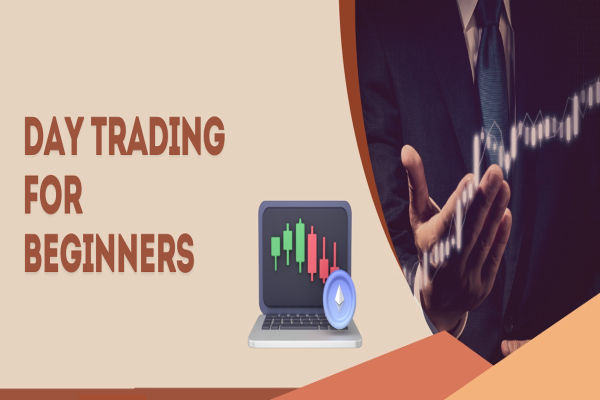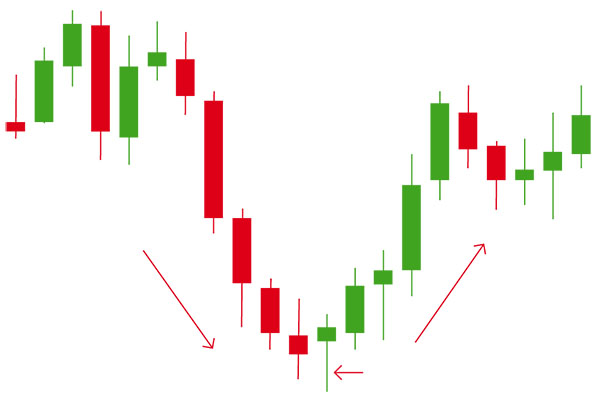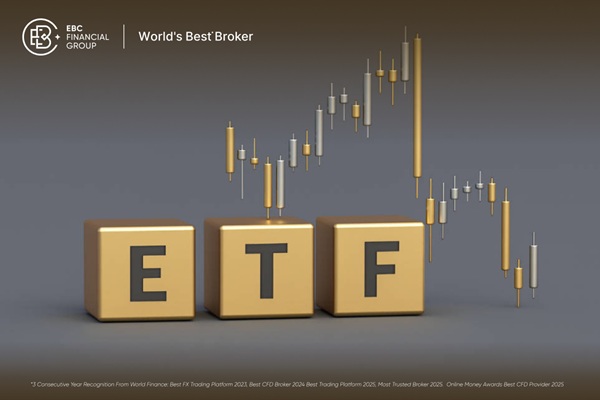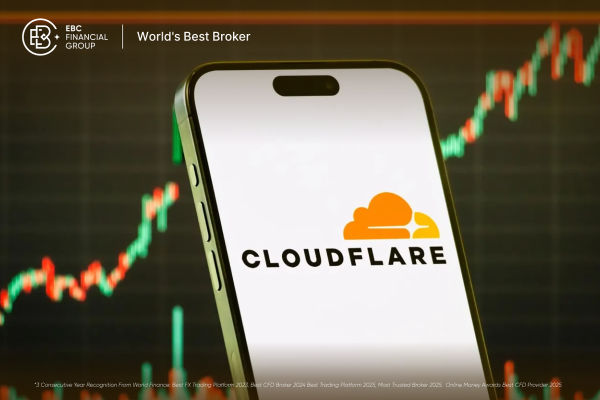When financial markets pivot on interest rate shifts, regulatory announcements, or earnings shocks from Wall Street giants, the XLF ETF often becomes the first weapon of choice for active traders. With deep liquidity, tight spreads, and heavy exposure to the most influential financial names in the S&P 500. XLF offers a streamlined way to express bullish or bearish views on the U.S. financial sector — without committing to individual stock risk. Whether you're trading CPI releases, Fed commentary, or volatility around bank earnings, XLF delivers speed, scale, and sector precision.
Expense Ratio & Fee Comparison
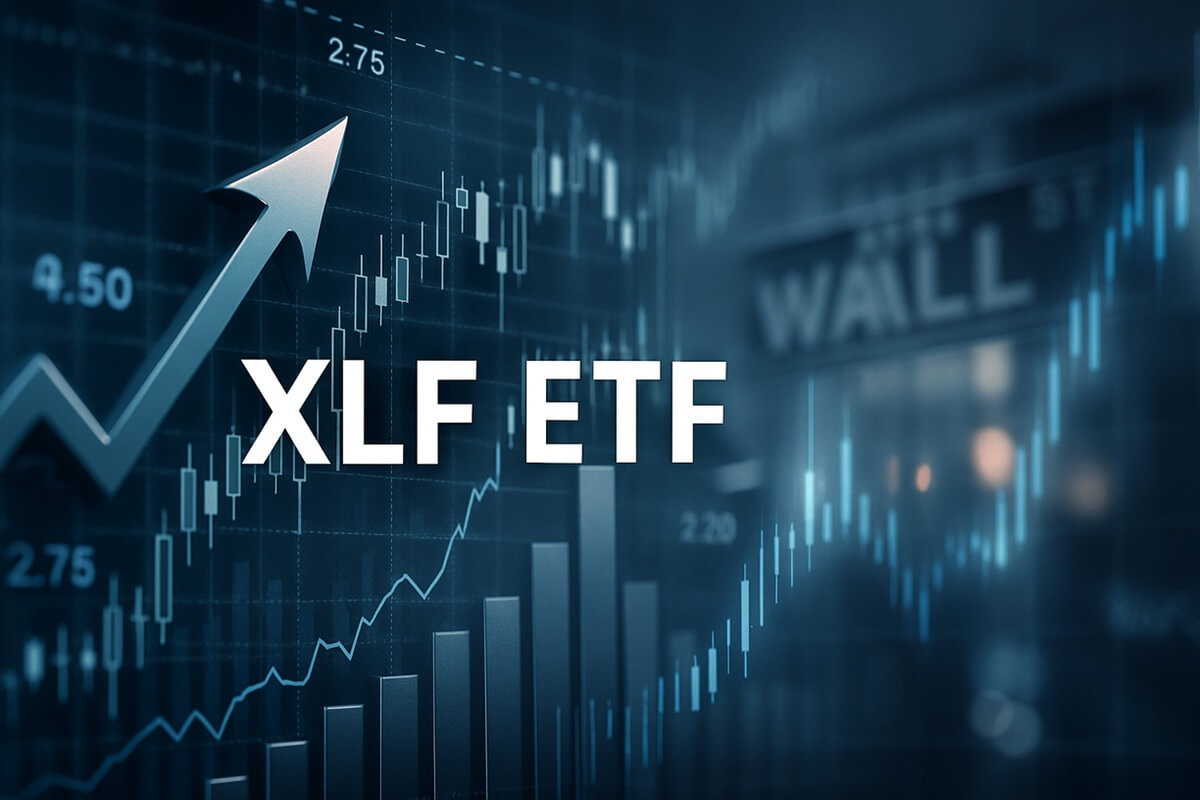 For short-term traders, fees might seem less relevant than for long-term holders — but lower costs can still enhance outcomes in high-frequency strategies. XLF boasts one of the most attractive cost structures in the financial ETF space:
For short-term traders, fees might seem less relevant than for long-term holders — but lower costs can still enhance outcomes in high-frequency strategies. XLF boasts one of the most attractive cost structures in the financial ETF space:
Expense Ratio Comparison of XLF, VFH, IYF, KRE ETF
| ETF |
Expense Ratio |
Issuer |
| XLF |
0.10% |
State Street (SPDR) |
| VFH |
0.10% |
Vanguard |
| IYF |
0.40% |
iShares |
| KRE |
0.35% |
SPDR (regional banks) |
XLF's minimal 0.10% fee makes it highly suitable for rotation-based and thematic trades, particularly when used with leverage or derivatives.
Exposure & Composition vs Other Financial ETFs
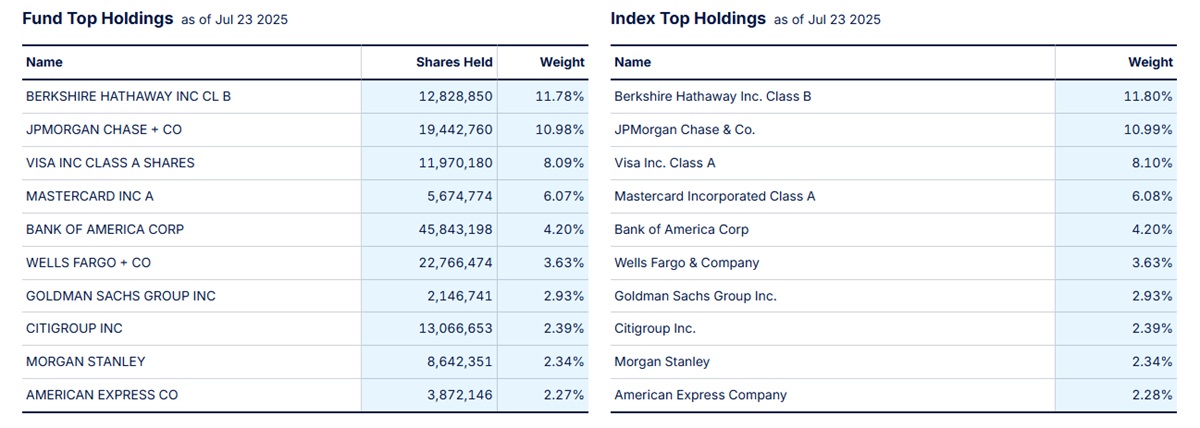 XLF is not a broad financial ETF. It tracks the S&P Financial Select Sector Index, meaning it includes only large- and mega-cap stocks from the financial segment of the S&P 500. Here's how it differs:
XLF is not a broad financial ETF. It tracks the S&P Financial Select Sector Index, meaning it includes only large- and mega-cap stocks from the financial segment of the S&P 500. Here's how it differs:
Heavily weighted towards financial conglomerates (e.g. Berkshire Hathaway, JPMorgan Chase, Visa, Mastercard).
Excludes smaller regional banks, insurance firms outside the top tier, fintech upstarts, and mortgage REITs.
More stable but less volatile than ETFs like KRE (Regional Banking) or KBWB (Banking ETF).
Top 5 Holdings in XLF (as of July 2025):
| Company |
Weight |
| Berkshire Hathaway B (BRK.B) |
~11.8% |
| JPMorgan Chase (JPM) |
~11.0% |
| Visa (V) |
~8.1% |
| Mastercard (MA) |
~6.1% |
| Bank of America (BAC) |
~4.2% |
Traders looking for systemic financial exposure — such as when betting on interest rate changes or macro shifts — often choose XLF over more niche financial ETFs.
Performance vs Peers (e.g. IYF, VFH, KRE)
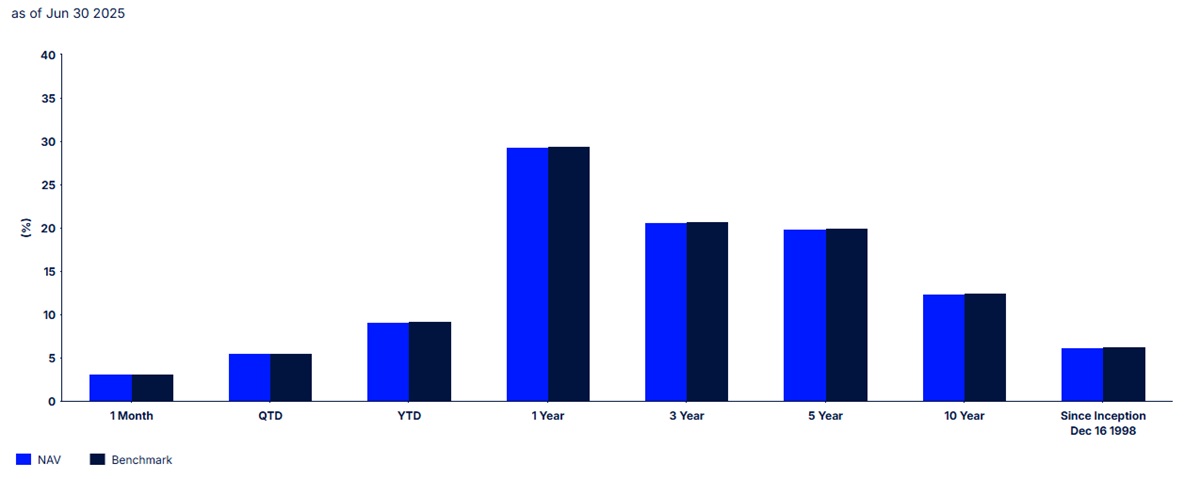
XLF's performance reflects its mega-cap focus. While it may lag small-cap financials in bull runs, it tends to outperform during volatility or economic uncertainty.
Performance Comparison between XLA, IYF, VFH and KRE ETFs
| ETF |
1-Year Return |
3-Year Return (Annualised) |
Beta (vs S&P 500) |
| XLF |
9.20% |
6.40% |
1.05 |
| VFH |
10.30% |
6.80% |
1.03 |
| IYF |
8.00% |
6.00% |
1.04 |
| KRE |
–2.8% |
–1.5% |
1.22 |
Notably, XLF is less volatile than KRE, making it more appropriate for intraday or weekly trades tied to rate moves, Fed minutes, CPI releases, or financial earnings cycles.
Liquidity & Trading Volume
One of the primary reasons traders love XLF is its exceptional liquidity.
Average daily volume exceeds 35 million shares, making it ideal for intraday strategies and options trading.
Tight spreads (typically 0.01–0.02 USD), supporting scalping and large block orders.
Extensive options chain with narrow bid/ask spreads across multiple strikes and expirations.
This makes XLF a prime vehicle for leveraged bets using options, or for delta-hedging against bank or fintech stock exposure.
Risks: Sector-Specific, Interest-Rate, Regulatory
Though XLF offers simplicity, traders must remain alert to several risk dimensions:
Interest Rate Sensitivity
Financials benefit from a steepening yield curve. However, sudden rate hikes or dovish pivots can trigger sector-wide re-ratings, impacting XLF's short-term momentum.
Regulatory & Political Risk
The financial sector remains a regulatory minefield. News of new capital requirements, fintech regulation, or bank stress tests can move XLF sharply.
Earnings Surprises
Being highly concentrated, a weak quarter from JPM or BRK.B can distort the entire ETF, even if smaller components outperform.
Tech Exposure Within Financials
Visa and Mastercard, often seen as fintech proxies, add tech-style risk. Their performance may detach from that of traditional banks, injecting unintended volatility into XLF.
Strategic Role: Core Holding or Tactical Tool?
While investors may hold XLF long-term as a sector benchmark, traders use it differently:
Popular Use Cases for Traders:
Interest Rate Play: Trade XLF on FOMC meetings, NFP days, or CPI releases.
Pairs Trading: Long XLF / short KRE when large caps are favoured over regionals.
Macro Hedge: Use XLF puts to hedge exposure to broader US equity indices.
Earnings Season Play: Buy or sell XLF around JPM, WFC, or BAC earnings.
Fed Commentary Trades: Short XLF if Powell signals tighter regulation or balance sheet stress.
XLF is particularly powerful when combined with rate futures, bank credit spreads, or regional bank ETFs as part of a sector rotation basket.
Conclusion
For traders, the XLF ETF represents a high-octane, liquid, and directional tool. Its heavy weighting in systemically important institutions makes it ideal for macro-driven trades, while its deep options market supports leverage and precision.
But like all sector instruments, it requires an understanding of the macro environment, regulatory catalysts, and interest rate dynamics. When used thoughtfully, XLF can become a core component of a trader's toolbox — whether as a standalone trade or a hedge within a more complex portfolio.
Disclaimer: This material is for general information purposes only and is not intended as (and should not be considered to be) financial, investment or other advice on which reliance should be placed. No opinion given in the material constitutes a recommendation by EBC or the author that any particular investment, security, transaction or investment strategy is suitable for any specific person.
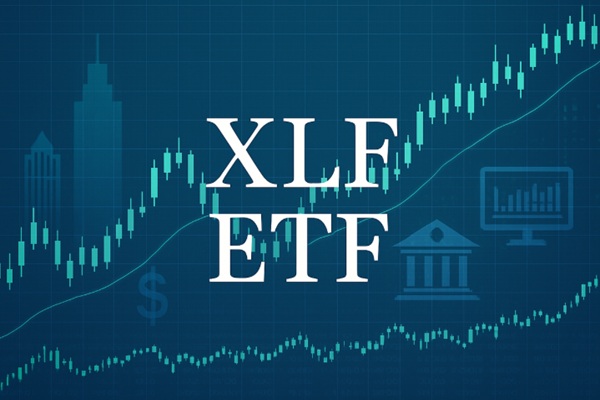


 For short-term traders, fees might seem less relevant than for long-term holders — but lower costs can still enhance outcomes in high-frequency strategies. XLF boasts one of the most attractive cost structures in the financial ETF space:
For short-term traders, fees might seem less relevant than for long-term holders — but lower costs can still enhance outcomes in high-frequency strategies. XLF boasts one of the most attractive cost structures in the financial ETF space: XLF is not a broad financial ETF. It tracks the S&P Financial Select Sector Index, meaning it includes only large- and mega-cap stocks from the financial segment of the S&P 500. Here's how it differs:
XLF is not a broad financial ETF. It tracks the S&P Financial Select Sector Index, meaning it includes only large- and mega-cap stocks from the financial segment of the S&P 500. Here's how it differs:









